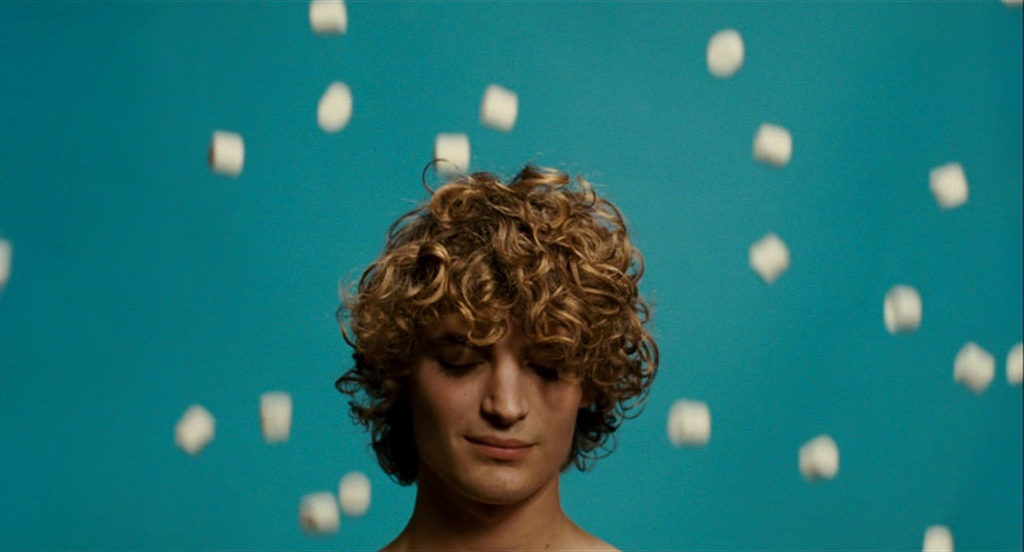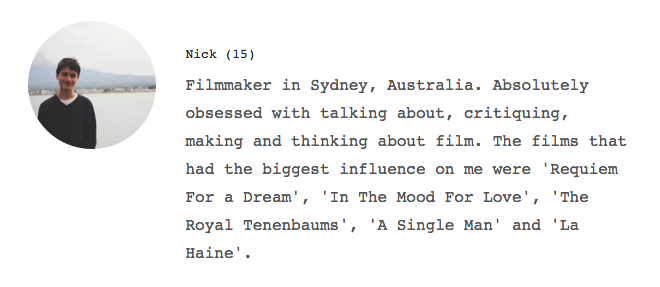Heartbeats (Les Amours Imaginaires) – Dir. Xavier Dolan
by Nick Ward
Whenever I’m in the process of listing my favourite directors of all time, it will usually start looking something like: Gaspar Noé, David Lynch, Wong Kar-Wai, Bong Joon-Ho and Wes Anderson. However, then I’ll consider the people who had a huge influence on my short films – and the only name that I first think of is – Xavier Dolan.
Xavier Dolan is often titled as the auteur prodigy of contemporary arthouse cinema. The twenty-eight-year-old writer/director (and actor/producer/editor/costume designer) started making films at age 19, with his first, I Killed My Mother, premiering at the 2009 Cannes Film Festival (Director’s Fortnight) to favourable reviews and attention.
The Golden Age cinema in Sydney has been playing all of the previous winners of the Sydney Film Festival, leading up to the event later this year. Heartbeats won the festival in 2010.
The plot of Heartbeats is hard to describe. The film mainly focuses on a love triangle, between two best friends and a young man who catches both of their eyes. Rather than delivering a layered story with intricate, complex characters, Dolan instead encourages his audience to hit their brain’s ‘Off’ switch. What I mean by this is – the film is very much visually driven, and absolutely an exercise in style over substance. What makes this work so well though, is the film’s self awareness. Humour is purposely created through the excessive use of colour, music and overly dramatic dialogue.

I feel like, after Dolan’s reasonably straight forward debut (I Killed My Mother), he decided to really let loose on the visuals for this film. Most of the scenes in the film are either in montage, slow motion, or drenched in colour and light. This is absolutely a film that I recommend to any filmmaker who wants to explore the use of colour in storytelling. The cinematography is absolutely gorgeous, with the camera very close to the actors, and usually focusing on mannerisms or facial features, rather than wide shots of vivid landscapes. The editing is also fantastic, allowing many scenes to be patient, but never feel boring.
One of my favourite scenes in the film is when the two characters really start to become serious about their newfound crush. The crush, Nicolas, is seen dancing in a living room. Suddenly, the beat of the music drops and a strobe light activates, catching all of the movement in quick flashes. In the midst of these quick flashes, snippets of classical sculptures and contemporary drawings are flashed, illustrating how the characters see him – as a work of art, completely proportional and flawless. This scene is very important in the film, and the one that I find myself revisiting the most (you can view the to scene here).
I love this film, and would recommend it to anyone who’s a fan of arthouse cinema, or who’s looking to get into filmmaking and needs some inspiration. Just don’t expect a complex film – as this is a film where you need to feel rather than think.

